De Tomaso - Racing Blue Blood: A Spectacular Automotive Exhibition
Images: Branko Radovinovic
In a magnificent display of automotive history and engineering prowess, a unique collection of De Tomaso cars was recently showcased as part of the book launch for 'De Tomaso - Racing Blue Blood'.
This exhibition featured a stunning array of De Tomaso models, presenting a rare and complete collection that hasn't been seen together for years.
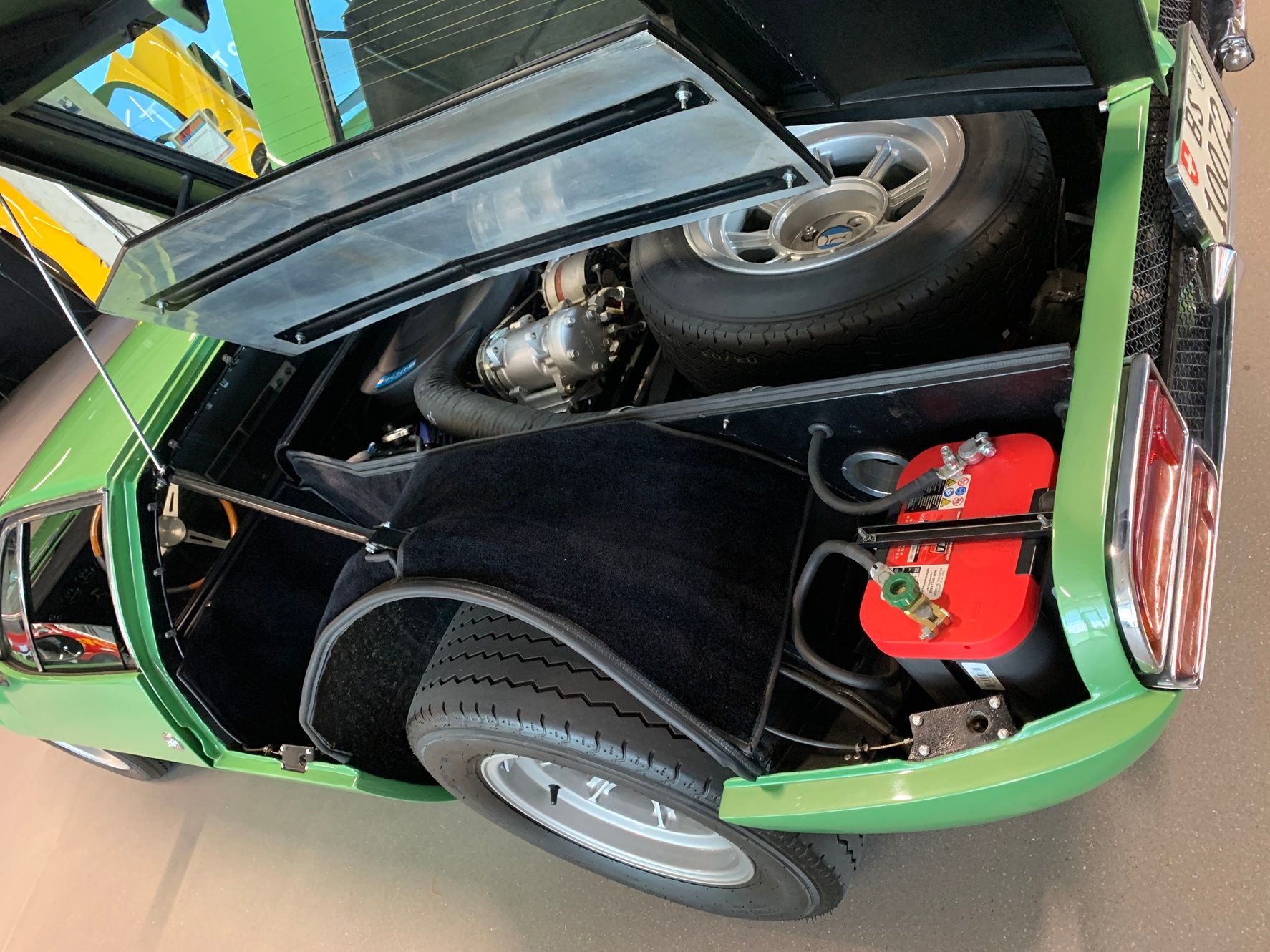
The event also honoured the memory of the recently deceased Marcel Schaub, a passionate De Tomaso enthusiast.
Helene Schaub, the widow of Marcel Schaub and Alejo Pérez Monsalvo, the co-author of the book (along with Marcel Schaub) were determined to give the finishing touch to this elaborate book project, a worthy celebration.
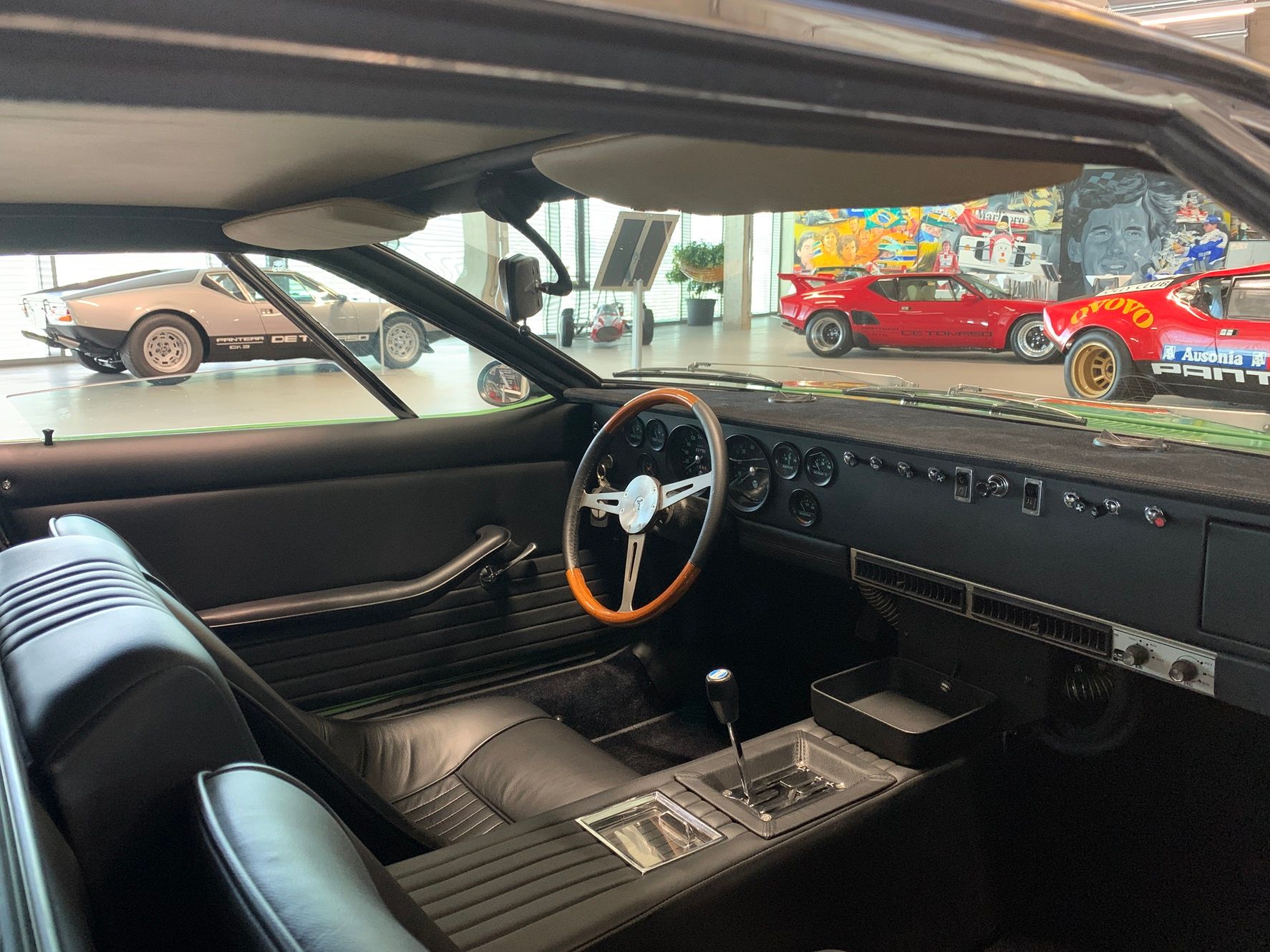
All the invited guests and supporters of the book agreed that Marcel would have found immense joy in this event, seeing his dream come to fruition. Marcel has surely felt this happiness, wherever he may be now.
Here, we delve into the remarkable vehicles that made this event an unforgettable homage to the legacy of De Tomaso and the passion of Marcel Schaub.
Junior Serie V (1962)
The Junior Serie V, with its Ford 1093cc engine, was the last model built by De Tomaso for Formula Junior before transitioning to Formula 3. Driven by Franco Bernabei, chassis #0053 represents a significant era in the development of racing technology.
Vallelunga (1966)
The Vallelunga was De Tomaso's first road car, featuring a central spine chassis rather than a space frame. Only 60 units were built, making it a rare and valuable collector's item. Its Ford 1498cc four-cylinder engine symbolises De Tomaso's innovative approach to car design.
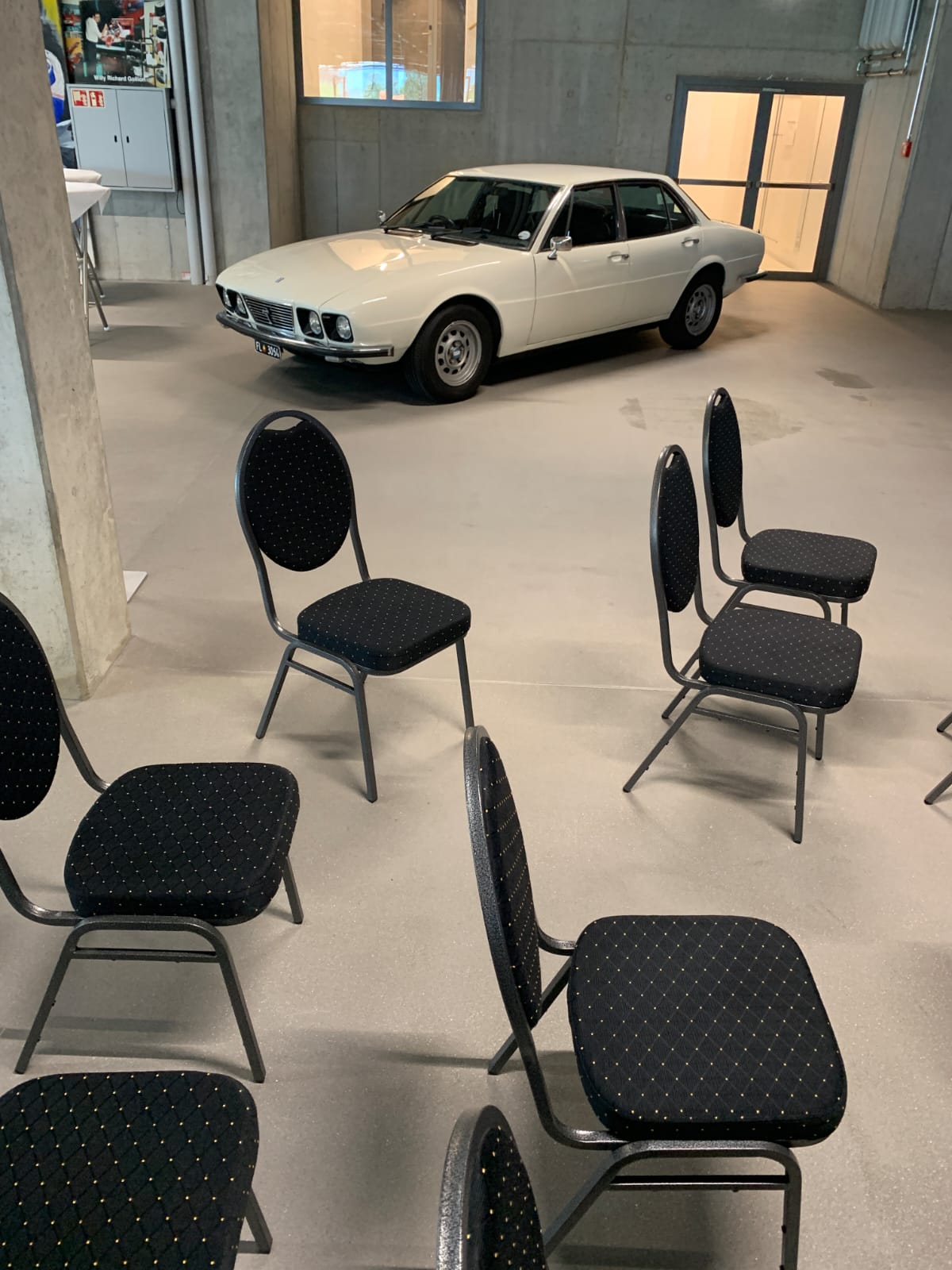
Mangusta (1970)
Produced between 1966 and 1971, the Mangusta was De Tomaso's first car produced in large numbers, with 401 units built. Designed by Giorgetto Giugiaro at Ghia, it features a central spine chassis and is powered by a Ford 4728cc V8 engine, blending elegance with power. One of the most beautiful sportscars ever!
Deauville (1972)
As De Tomaso's first sedan and entry into the luxury car market, the Deauville was designed by Tom Tjaarda and produced between 1971 and 1985. According to Tjaarda, it was an “Anti-Jaguar”. This early version, with its Ford 5700cc V8 engine, marks De Tomaso's ambitious expansion into new automotive segments.
Pantera Group 4 (1972)
One of only 14 cars made, the Pantera Group 4 is a rare gem in the racing world. This model boasts an impressive racing pedigree, with notable victories at Imola, Hockenheim, Giro d'Italia, Magione, and Varano. Its Ford 5700cc V8 engine and unique chassis make it a significant piece of motorsport history.
Pantera Group 3 (1973)
Designed to compete in the FIA Group 3 GT Championship, the Pantera Group 3 retained many road car features due to racing regulations. Built between 1972 and 1975, it combined sophistication with racing capability, powered by the same Ford 5700cc V8 engine that is a hallmark of De Tomaso's engineering.
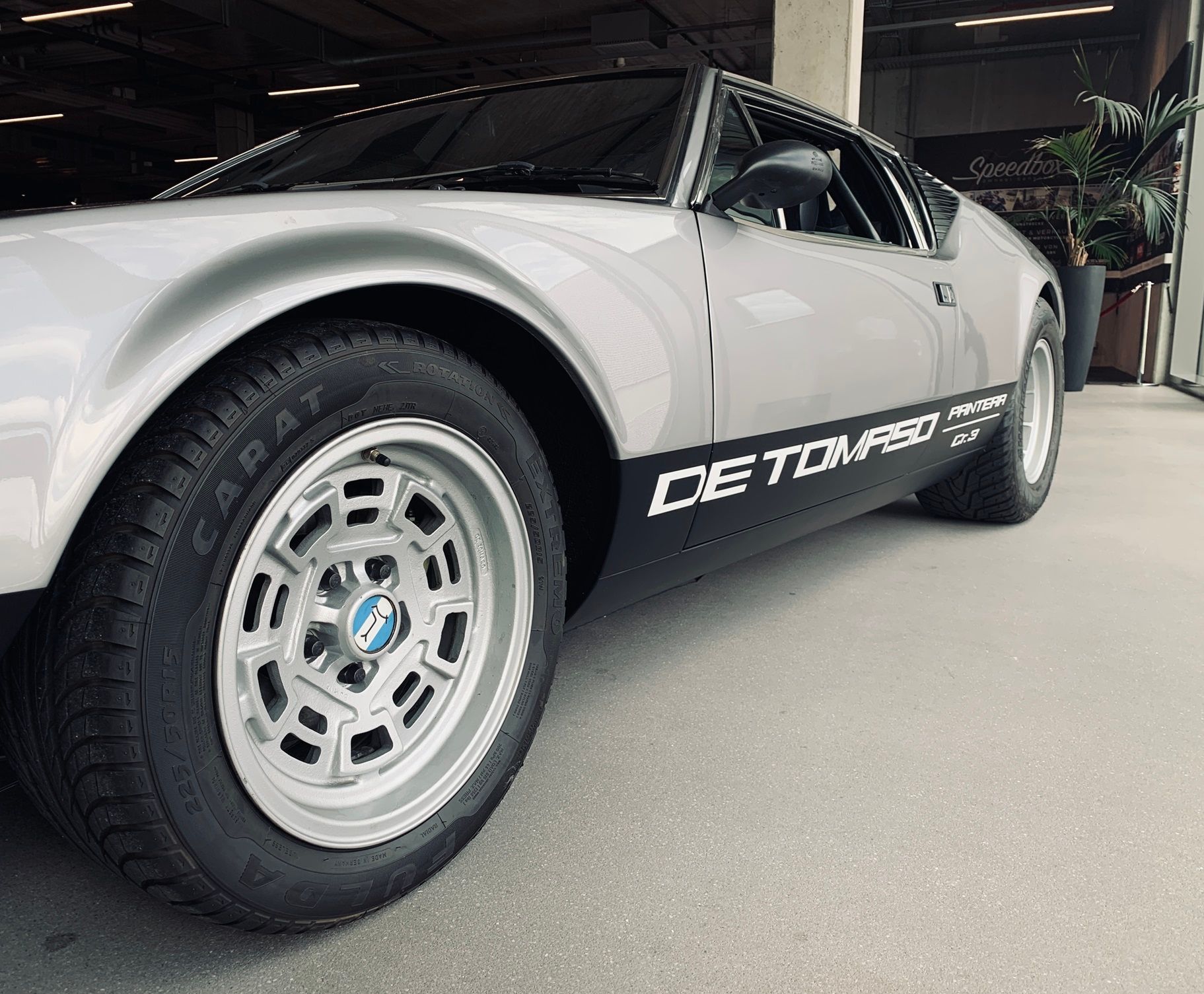
Pantera GTS (1973)
The Pantera GTS, built between 1973 and 1980, was designed for better performance and racing appeal. Its enhanced engine and wider wheels made it a preferred choice in the European market, continuing De Tomaso's tradition of integrating race-inspired features into road cars.
Pantera Group 5 (1974)
The Pantera Group 5 saw at least four standard Panteras modified to meet FIA GT Group 5 specifications. Chassis #05940, raced successfully in Switzerland by Walter Friedrich, exemplifies the custom modifications that define these rare and highly sought-after cars.
Longchamp GTS (1977)
The Longchamp GTS, a 2+2 coupé also designed by Tom Tjaarda, was built from 1972 to 1989. With its luxurious interior finishes and Ford 5700cc V8 engine, the Longchamp GTS competed with the high standards of contemporary Ferraris, showcasing De Tomaso's luxury market aspirations.
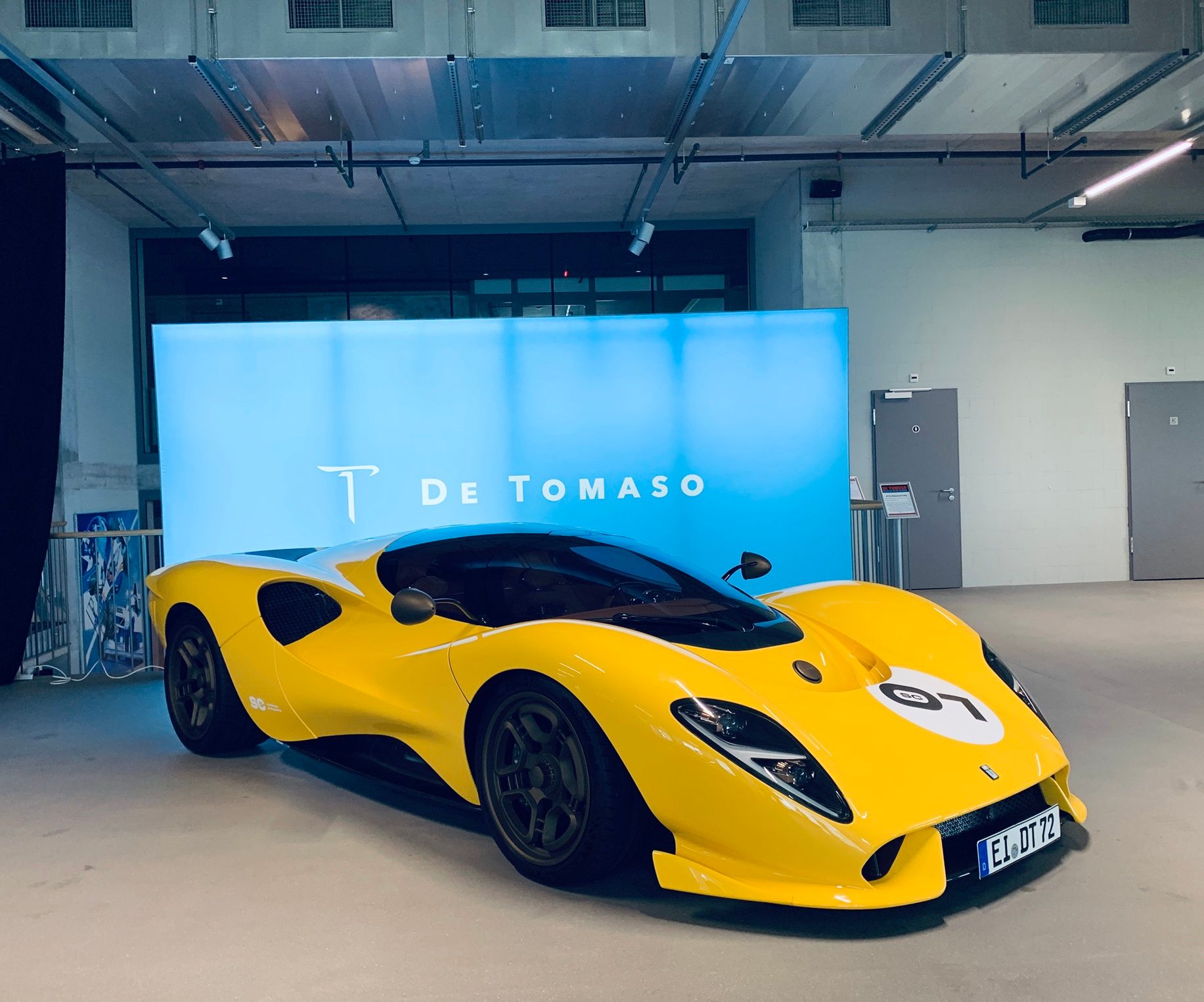
Pantera GT5-S (1985)
The Pantera GT5-S stands out with its bold modifications. Built between 1984 and 1989, this version marked the first significant body change for the Pantera, enhancing its aerodynamics and aesthetic appeal. Powered by a robust Ford 5700cc V8 engine, the GT5-S is a testament to De Tomaso's commitment to performance and style.
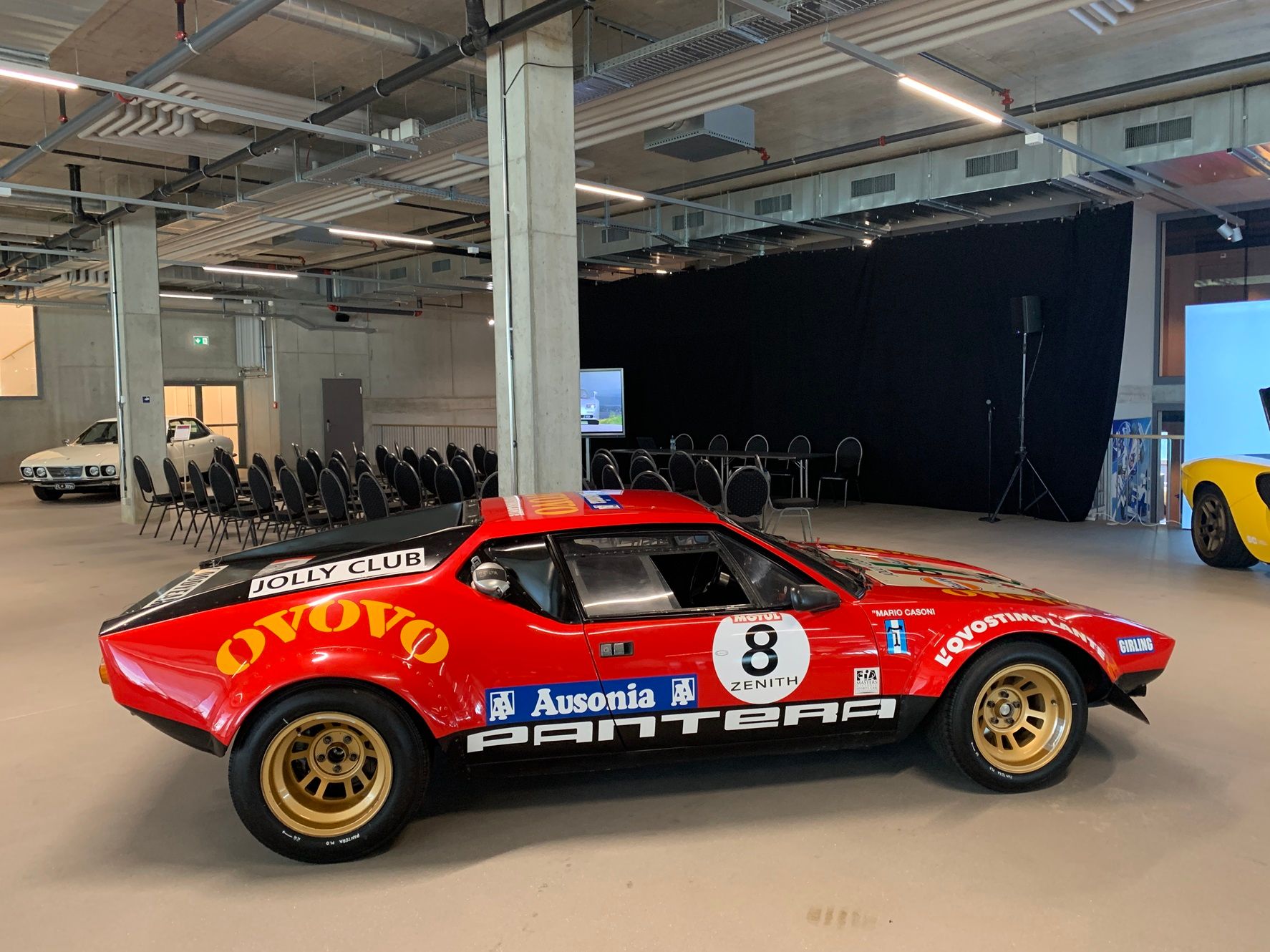
Biguá-Mangusta (1998)
Designed by Marcello Gandini, the Biguá-Mangusta was initially branded by De Tomaso before a partnership with Qvale. Only three units were believed to be built before Qvale continued production as the Qvale Mangusta, powered by a Ford 4600cc V8 engine.
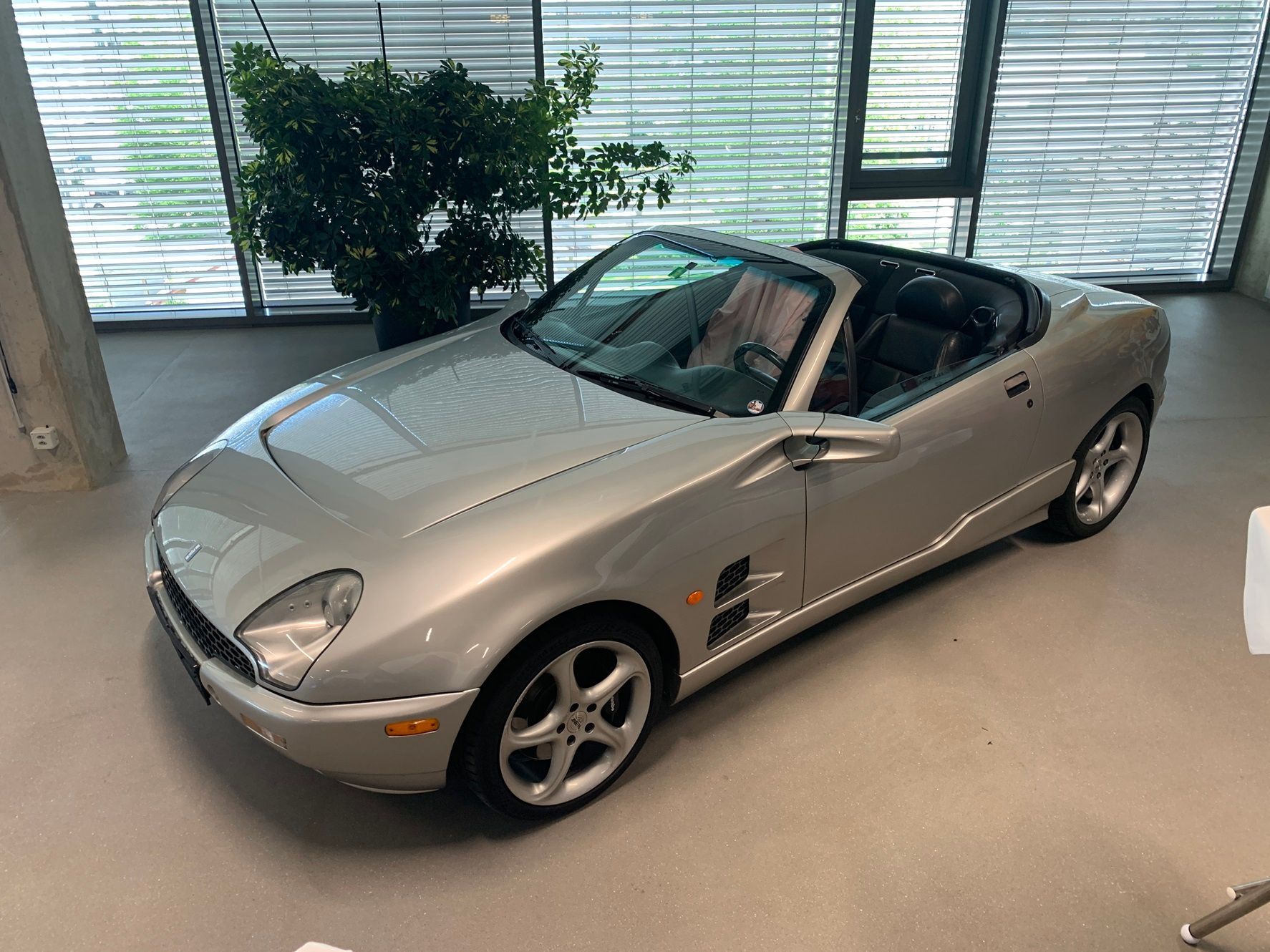
Guará Coupé (2000)
A modern marvel, the Guará Coupé was produced between 1994 and 2004, with only 32 units built. Derived from the Maserati Barchetta Stradale project and powered predominantly by a Ford 5700cc V8 engine, it represents De Tomaso's innovative spirit and engineering excellence in the new millennium.
This extraordinary exhibition not only celebrated the launch of 'DeTomaso - Racing Blue Blood' but also provided a rare glimpse into the rich history and evolution of De Tomaso automobiles. Stay tuned for an in-depth review of the book that captures the essence and legacy of this iconic automotive marque.
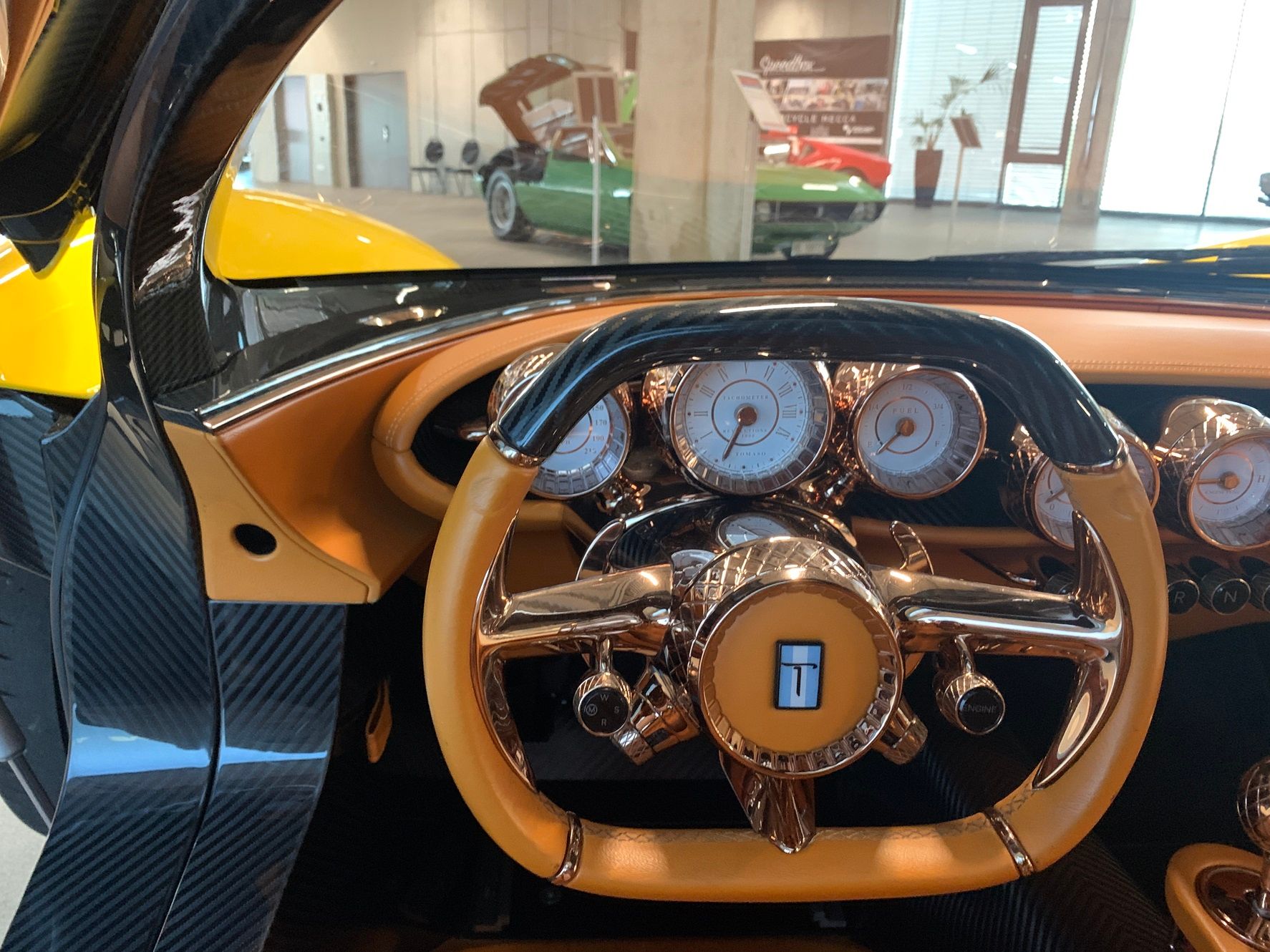
P72 Prototype (2019)
The P72 Prototype is the first model produced under the new ownership of De Tomaso. Unveiled at the 2019 Goodwood Festival of Speed, this car marks a new chapter for the brand, set to be produced in a limited series of 72 units, powered by a Roush V8 engine.
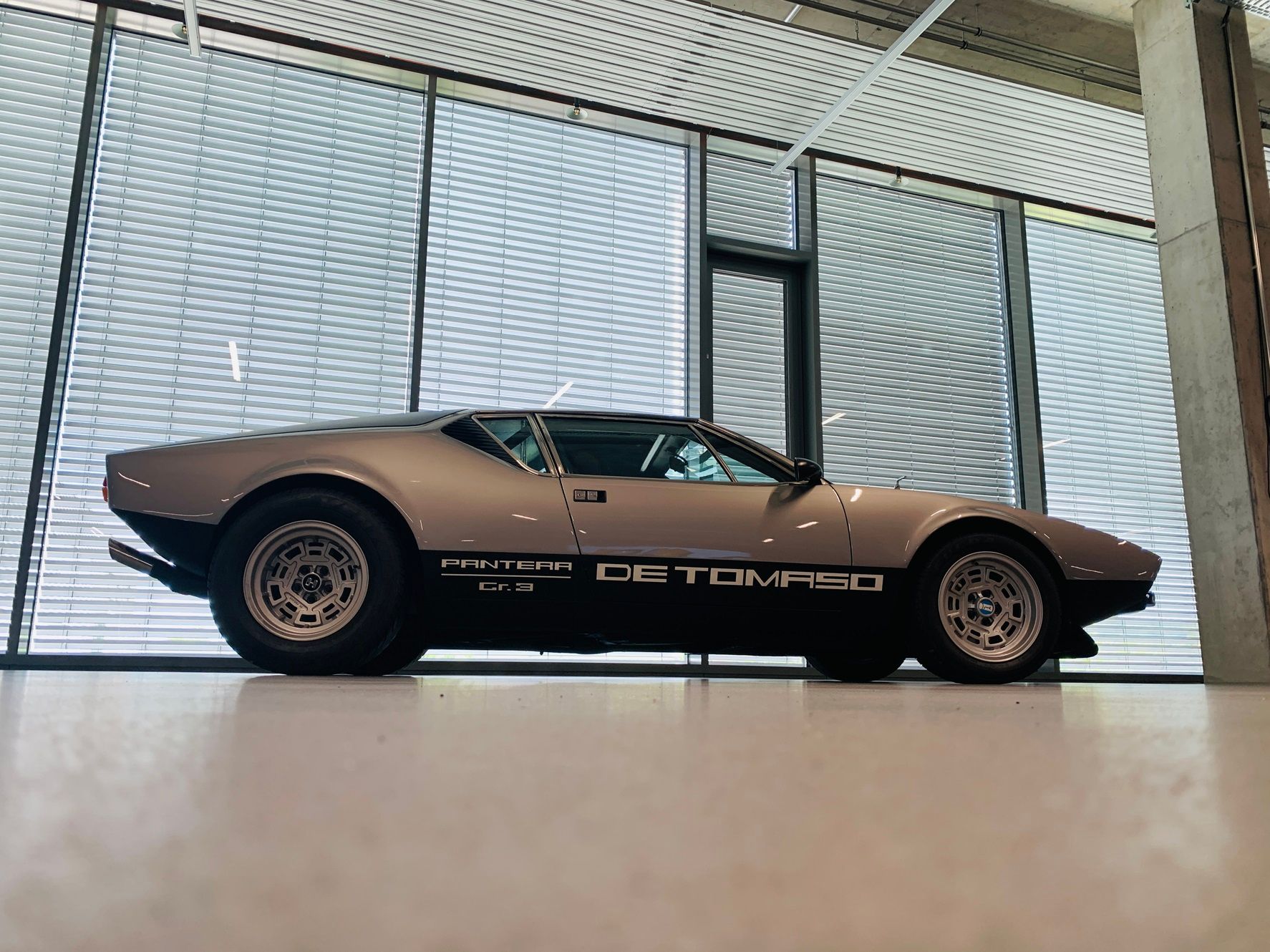
Comments
Sign in or become a deRivaz & Ives member to join the conversation.
Just enter your email below to get a log in link.
